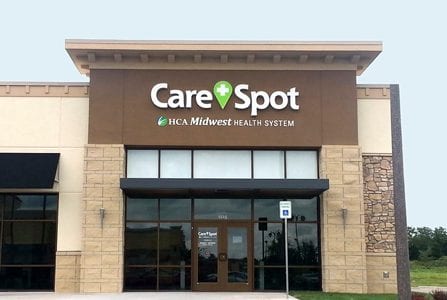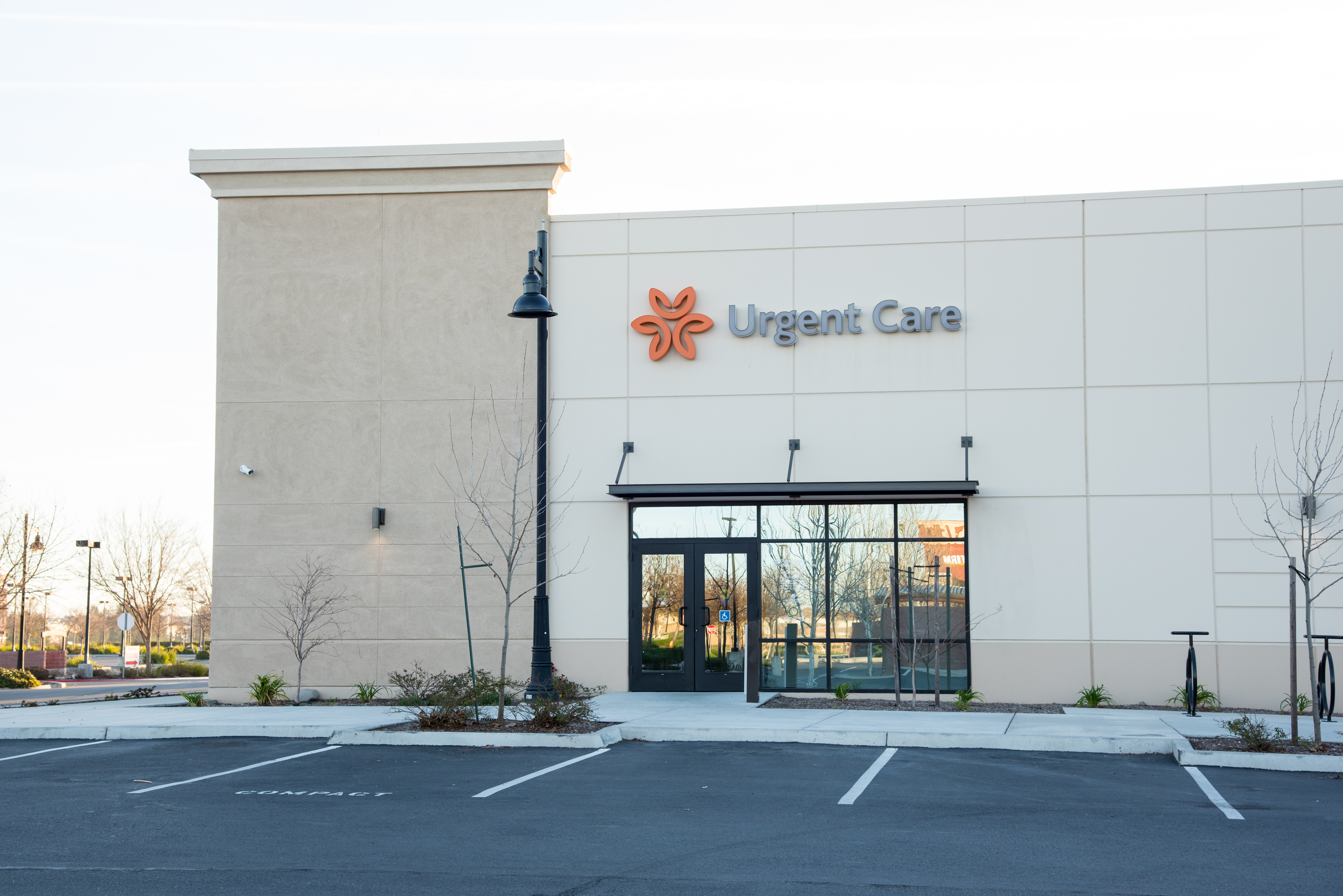The Ultimate Guide to Understanding Urgent Care Clinics
The Ultimate Guide to Understanding Urgent Care Clinics
Blog Article
Recognizing the Function of Urgent Treatment in Providing Timely Treatment for Non-Life-Threatening Problems
Urgent treatment centers have arised as an essential component of the healthcare landscape, addressing the prompt demands of individuals with non-life-threatening problems. Comprehending the nuances of immediate care can considerably influence client results and the total performance of health care distribution.
What Is Urgent Treatment?
Urgent treatment describes a classification of clinical solutions developed to address non-life-threatening conditions that need instant interest. These facilities function as an intermediary between health care medical professionals and emergency clinic, using a hassle-free alternative for individuals that need prompt treatment without the substantial waiting times typically associated with emergency departments.
Immediate care facilities are commonly staffed by clinical specialists, consisting of doctors, registered nurse specialists, and doctor assistants, who are educated to diagnose and deal with a large range of problems. Typical services offered by these facilities consist of therapy for minor injuries, ailments, and infections, along with diagnostic examinations such as X-rays and lab job.
In addition, urgent treatment centers frequently approve walk-in clients, removing the need for appointments. On the whole, immediate treatment plays a crucial duty in the healthcare system, ensuring patients can access necessary medical solutions promptly and effectively.

Several individuals may locate themselves unpredictable regarding when to seek care at an immediate treatment center instead of a health care medical professional or an emergency situation area. Immediate care is created to resolve non-life-threatening problems that need prompt attention but are not serious sufficient to necessitate an emergency situation room visit.
Normally, one must think about urgent treatment for issues such as minor cracks, sprains, cuts requiring stitches, or infections like urinary system system infections. In addition, cold or flu signs, breakouts, and allergic responses can also be appropriately handled in this setup.
It is necessary to keep in mind that urgent treatment is not appropriate for lethal emergencies, such as upper body pain, trouble breathing, or serious blood loss, which necessitate immediate emergency situation space treatment.
Individuals that do not have access to a medical care medical professional or can not secure a prompt appointment may likewise profit from urgent care services. Eventually, comprehending when to utilize urgent care can bring about more reliable health care shipment, allowing clients to get the suitable level of treatment based upon their particular health and wellness requirements.
Advantages of Urgent Treatment Centers
Picking immediate care centers for non-life-threatening conditions uses a number of advantages that improve person experience and availability. One key advantage is the decreased delay times contrasted to standard emergency clinic. Urgent treatment facilities commonly operate a first-come, first-served basis, permitting clients to get timely clinical interest without the long delays commonly connected with healthcare facility settings.
Additionally, urgent treatment facilities give prolonged hours, consisting of weekend breaks and evenings, accommodating individuals with differing timetables. This versatility guarantees that individuals can look for treatment when it is most convenient for them, additionally advertising timely intervention.

Moreover, these centers usually provide an extensive variety of services, consisting of analysis examinations and small treatments, all under one roof. This debt consolidation of solutions not just enhances the patient experience but likewise promotes an extra cohesive strategy to handling non-life-threatening wellness concerns, eventually benefiting total client results.
Usual Problems Dealt With
At urgent treatment facilities, a range of non-life-threatening problems can be effectively dealt with, giving patients with available and prompt medical aid. These facilities are particularly skilled at resolving concerns that require punctual attention yet do not pose an instant danger to life or arm or leg.
Typical problems dealt with at immediate care centers consist of small injuries such this post as cracks, pressures, and strains. Additionally, they take care of illnesses like colds, influenza, and infections, including urinary system tract infections and sinus problems. Skin problems, varying from rashes to insect attacks, are additionally frequently resolved. Immediate care facilities are furnished to do required diagnostic examinations, such as X-rays and lab tests, enabling them to give thorough care.
Additionally, urgent care service providers can carry out inoculations, aiding to avoid the spread of transmittable conditions - Urgent Care. They also supply solutions for minor treatments, such as suturing wounds or draining abscesses. By supplying these varied solutions, urgent care facilities play an essential function in connecting the void in between health care and emergency services, making certain individuals obtain prompt treatment for a large range of conditions without the requirement for pop over to this web-site long haul times normally linked with emergency areas
Just How Urgent Care Supports Healthcare System
Urgent treatment centers play an important role in supporting the general health care system by easing the burden on emergency divisions and offering prompt access to treatment for non-life-threatening problems. By dealing with cases such as small injuries, infections, and ailments, urgent treatment centers permit emergency departments to concentrate on even more essential clients calling for instant focus.
Furthermore, urgent care centers enhance health care availability, providing extensive hours and an easier alternative to traditional health care setups. This availability is especially useful for people who may not have a routine medical professional or who require immediate therapy beyond common workplace hours. Because of this, urgent treatment facilities successfully minimize boost and wait times person satisfaction.
Additionally, urgent treatment centers add to set you back financial savings for both patients and the healthcare system by giving lower-cost services compared to emergency situation departments. This monetary effectiveness is crucial in a period of climbing health care costs, enabling people to receive required care without incurring inflated expenses.
Verdict
To conclude, immediate care facilities play an important role in the health care system by delivering punctual therapy for non-life-threatening problems. By connecting the gap in between health care and emergency situation rooms, these facilities guarantee that individuals receive prompt clinical attention without the prolonged wait times normally connected with emergency situation divisions. The access and efficiency of urgent treatment centers contribute dramatically to easing the overall concern on medical care resources, boosting individual end results, and promoting a much more efficient health care shipment system.
Urgent treatment facilities have arised as an essential element of the medical care landscape, dealing with the immediate demands of people with non-life-threatening conditions. Urgent treatment gos to usually incur reduced out-of-pocket expenses compared to emergency department sees, making care much more economical for people without jeopardizing high quality. Immediate treatment facilities are geared up to perform necessary analysis examinations, such as X-rays and research laboratory tests, allowing them to give detailed treatment.
By using these varied services, immediate treatment centers play an essential duty in connecting the gap in click to read between primary care and emergency solutions, ensuring people receive timely treatment for a vast array of conditions without the demand for long delay times usually linked with emergency rooms.
Additionally, immediate care facilities boost health care accessibility, providing extended hours and a much more hassle-free choice to standard main care settings.
Report this page